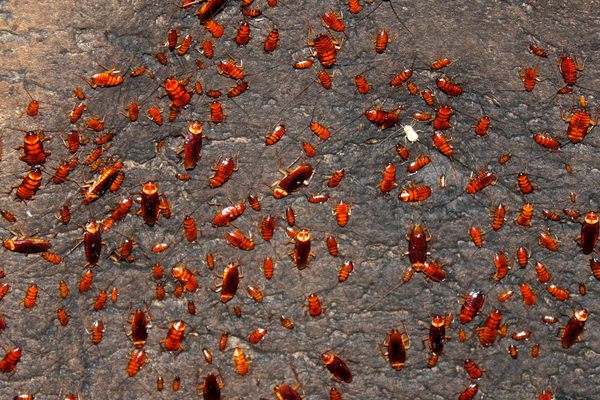Nepenthes Rajah: The King of the Pitcher Plants
These rat eating Giant Malaysian Pitcher Plants may have evolved to eat shrew poop.
When pitcher plants were first seen by botanist and explorer Joseph Dalton Hooker in 1859, he described them as “one of the most striking vegetable productions hither-to discovered,” but it wasn’t until 1862 that someone first noticed just how unusual these plants really were.
Nepenthes rajah is the largest of the pitcher plants, and it’s also the largest carnivorous plant in the world, sometimes referred to as the “king of the pitcher plants.” It is essentially a trap filled with up to three and half liters of water and two and a half liters of digestive fluid. It is evolved to lure insects to it, and when the insects fall in they are unable to escape and are digested by the plant. While insects, particularly ants, are by far the main staple of the Giant Malaysian Pitcher Plant (aka the Rajah Brooke’s Pitcher Plant, aka the King of Nepenthes, aka Nepenthes rajah), occasionally the large plants catch bigger prey.
On a number of occasions rats have been found half-digested inside the pitchers, and other small vertebrates such as small birds, lizards, and frogs occasionally fall victim to the plants as well. This and one other pitcher plant, the N. rafflesiana, are the only plants known to catch mammalian prey.
Among other unusual traits of the plant is a peculiar relationship with local shrews, one that may in fact be the origin of their large size. The plants have evolved to entice and attract tree shrews. The shape and size of the pitcher plants forces the shrews — who want to mark their feeding territory — to defecate directly into the plants’ cups, providing them with valuable nitrogen. And while it is rare for the plants to catch rats and mice, shrews poop in them all the time.
This beneficial relationship between the pitcher plants and small mammals depositing feces into them may in fact be a driving factor behind the evolution of these the largest pitcher plants.






















Follow us on Twitter to get the latest on the world's hidden wonders.
Like us on Facebook to get the latest on the world's hidden wonders.
Follow us on Twitter Like us on Facebook